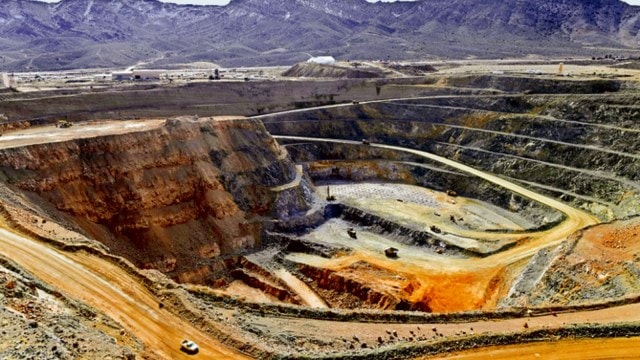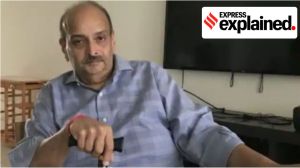The Indian government has secured 9,000 square kilometres of greenfield land in Zambia for the exploration of copper and cobalt on a government-to-government basis, VL Kantha Rao, Secretary, Ministry of Mines, said Thursday.
The mines ministry is also working through nodal officers in other African countries like the Democratic Republic of the Congo, Tanzania, Mozambique, and Rwanda to acquire more critical mineral assets for exploration.

These countries are rich in copper, cobalt, graphite, and nickel—key minerals used in electric vehicle (EV) batteries, renewable energy equipment, and aerospace alloys.
Story continues below this ad
“We have selected the Geological Survey of India (GSI) to do exploration and that is an area where there are prospects of cobalt and copper. We will take about two to three years to do this exploration and we hope that after the exploration, we will be able to get the mining rights also,” Rao said at a media briefing.
The land, roughly six times the size of Delhi, lies in Zambia’s Northwestern province. In the neighbouring Copperbelt province, Vedanta Group also owns a large copper mine.
India is not alone in investing in Zambia for its copper reserves. Canada-based First Quantum Minerals and the Chinese government-owned China Nonferrous Metal Mining are among the largest producers of copper in Zambia.
The ministry’s inroads in Africa come after significant movement in South America and Australia. In Argentina, Khanij Bidesh India Ltd (KABIL), under the ministry, and the Greenko Group have invested in greenfield lithium exploration projects over the past year.
Story continues below this ad
In Chile, too, KABIL had signed an agreement in July 2024 with the state-owned Empresa Nacional de Minería (ENAMI) to explore a lithium block.
In Australia, KABIL, together with the Australian government’s Critical Minerals Office, is looking at lithium and cobalt assets. Public sector enterprises like Coal India Ltd, NMDC Ltd, and ONGC Videsh Ltd are also interested in assets in Australia, Rao said.
Back at home, a special GSI team will head to Jammu & Kashmir for further exploration of the Reasi lithium block, Minister of Mines G Kishan Reddy said at the briefing. “The government is closely monitoring the situation and will get clarity by the end of May, after which we will auction the block,” Reddy said.
The block’s auction has been annulled two times due to lack of sufficient investor interest. Further exploration of the block by GSI is likely to provide investors with more data and clarity, which improves the chances of a successful auction.
Story continues below this ad
The GSI has been allocated Rs 4,000 crore under the National Critical Minerals Mission for exploration projects, both in India and abroad.
Exploration of mineral resources help determine reserves, which are resources that can be economically extracted. Since no mining project can start without sufficient exploration, the process is gaining increasing attention as countries race to secure critical minerals supply chains.
The mines ministry will auction the first tranche of blocks under the exploration license (EL) regime in March. The EL regime was introduced to incentivize private sector participation in critical and deep-seated minerals after amendments were made to the Mines and Minerals (Development and Regulation) Act in 2023.
Under the regime, license holders will explore the block and, if it advances to auction, they will be entitled to an auction royalty from the mining lease (ML) holder.

































